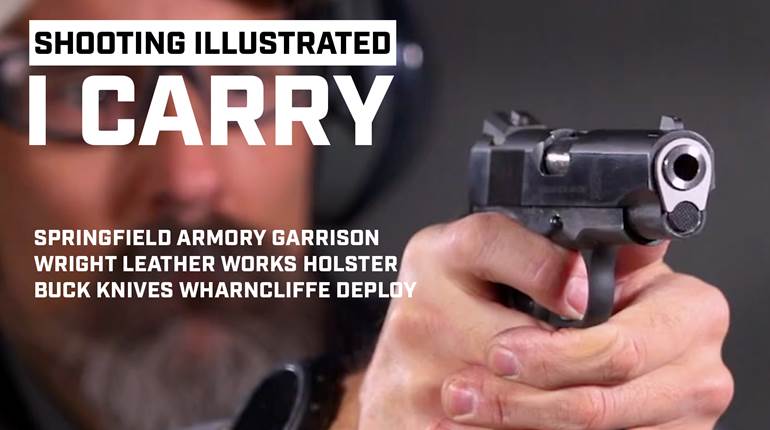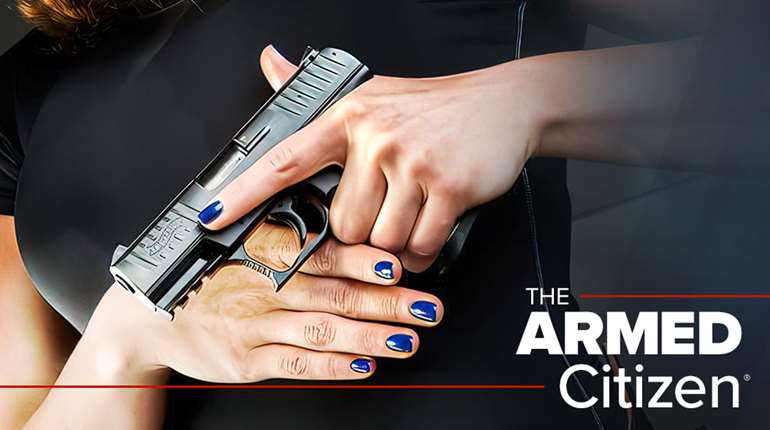
“They don’t make ‘em like they used to,” has become something of a cliché in today’s handgunning circles. Usually it accompanies the display of a treasured handgun, maybe a cool Luger brought home by a World War II doughboy or a Registered Magnum from the 1930s. The best handguns of yesteryear seem to take on an almost mystical aura of reliability, accuracy and handling. Sometimes it gets downright silly, like the handgunner who insisted that an original 1870s 7 ½-inch Peacemaker .45 balances better than one made this year. Most of this is just a human tendency to revere that which is old and has survived, but you also have to consider that they really don’t make them like they used to.
In the days when Lugers were new and that superb blue finish was meticulously applied, labor was cheap. It cost a little more when Smith & Wesson picked its best fitters to build those original Registered Magnums, but they made several thousand of them before WWII. The best quality handguns made anywhere in the world in that pre-war period showed a lot of careful polishing and fitting, all done by hand. The parts were forged steel of the highest quality and the designs reflected up-to-date engineering, but the guns were great because they were put together by hand. In that time, it was how it was done. The first of the WWII M1911A1 pistols made for the government by Colt were as good as pre-war commercials, but when the pressure was on for guns for the troops, we got Parkerizing. They were ugly, but no battlefield encounter was ever decided by the degree of shininess of the weapons involved. There is a point to be made here. A gun is a tool and should be respected for what it can do and not for what it looks like.
As a matter of fact, the guns on dealer’s shelves today tend to have business-like finishes, but they are designed to go together without hand fitting. In these times, human labor is very expensive, so the factories go to great lengths to find ways to make good, workable handguns with a minimum of human effort. This keeps the cost down so they can sell more guns. If the guns actually sell well, everyone is happy. In essence you not only get what you pay for, you get what you ask for. When today’s defensive shooter goes shopping for a home-protection handgun, he or she is looking for a tool, not a family heirloom. From an economic point of view, companies would-and could-build heirlooms. But they would have to be assured that there was a strong and continuing demand for such things.





































